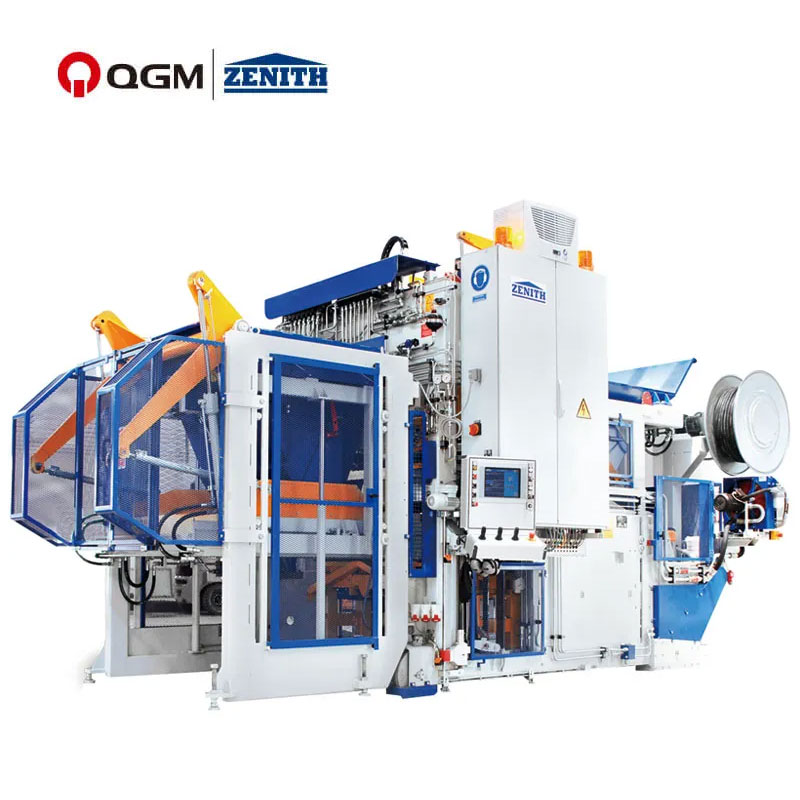Can a Dehumidifier Dryer and Feeding System Revolutionize Your Production Process?
2024-12-03
In industries where moisture control is critical, especially in food processing, pharmaceuticals, or plastics manufacturing, maintaining the right balance of humidity can be a constant challenge. Excess moisture can cause spoilage, damage, or inefficiency in production. This is where the combination of a dehumidifier dryer and a feeding system can make a significant impact. But the question remains: Can a dehumidifier dryer and feeding system revolutionize your production process?
What Is a Dehumidifier Dryer and Feeding System?
A dehumidifier dryer and feeding system is a sophisticated piece of equipment used to control the humidity and moisture levels in various products or materials. The system includes two main components: a dehumidifier dryer that extracts moisture from the air or materials, and a feeding system that automatically controls the flow of raw materials into processing machines. This combination ensures that moisture-sensitive materials are processed in ideal conditions, preventing moisture-related issues and optimizing production.
The Role of the Dehumidifier Dryer
A dehumidifier dryer works by reducing the moisture content in the air or within the materials themselves. It uses a process of condensation and absorption to remove excess moisture, ensuring that materials remain dry and stable. This is particularly beneficial in environments where humidity can fluctuate, such as warehouses, production floors, or storage areas. The dehumidifier dryer helps maintain a consistent moisture level, preserving the quality and integrity of the materials being processed.
How the Feeding System Complements the Process
The feeding system is designed to automatically control the flow of materials into the production line, ensuring a continuous and smooth process. It integrates with various machines and conveyors to ensure that raw materials—such as pellets, powders, or granules—are consistently fed into the system without interruption. When combined with a dehumidifier dryer, the feeding system helps maintain the right level of moisture in the materials before they enter the processing or manufacturing stages. This ensures that the materials are in the best possible condition, leading to higher quality finished products.
The Benefits of Using a Dehumidifier Dryer and Feeding System
1. Prevents Moisture Damage
One of the most important advantages of using a dehumidifier dryer is its ability to prevent moisture damage. For example, in the food industry, excess moisture can lead to mold growth, spoilage, or compromised product quality. Similarly, in plastics manufacturing, moisture can cause defects like bubbles or poor molding. By keeping the moisture levels under control, both the dehumidifier and feeding system prevent these issues from occurring, resulting in higher-quality products.
2. Increases Efficiency and Productivity
By automating the feeding process and ensuring optimal moisture control, these systems improve the overall efficiency of your production line. The materials are always at the right moisture level, which means fewer stoppages, reduced downtime, and less waste. The consistent feed of dry materials also allows machines to operate at full capacity, ultimately increasing production speed and output.
3. Reduces Energy Consumption
Though both dehumidifiers and feeding systems are energy-consuming, modern versions are designed to be energy-efficient. By controlling the moisture levels more precisely, energy waste is reduced. Additionally, the integration of these systems minimizes the need for manual adjustments, lowering the energy required for monitoring and operation.
4. Improved Product Quality
With the right moisture levels and controlled feeding, your products are more likely to meet the required standards for quality and consistency. For example, in the pharmaceutical industry, where precision is crucial, dehumidifiers ensure that ingredients are dry enough to meet strict manufacturing regulations. Similarly, in food production, keeping products dry prevents spoilage and maintains flavor, texture, and shelf life.
5. Customization and Versatility
Dehumidifier dryer and feeding systems can be tailored to fit specific industry needs. Whether you are processing food, pharmaceuticals, chemicals, or plastics, these systems can be adjusted to meet unique moisture control requirements, offering versatility across various applications.
Are There Any Drawbacks?
As with any advanced machinery, there are a few considerations before implementing a dehumidifier dryer and feeding system into your production process:
1. Initial Investment
The upfront cost of installing a dehumidifier dryer and feeding system can be significant, especially for businesses that require large-scale systems. However, this cost is often offset by the long-term benefits, including higher productivity and reduced product loss.
2. Maintenance Needs
Regular maintenance is essential to keep the dehumidifier and feeding system functioning at optimal levels. Filters may need to be replaced, and the system may require periodic checks to prevent malfunctions. This adds to operational costs, but the payoff is increased efficiency in the long run.
3. Space Requirements
Dehumidifier dryers and feeding systems can take up considerable space on your production floor. For companies with limited space, this could be a challenge. However, smaller, more compact versions are available for businesses with space constraints.
Is It Worth It?
The combination of a dehumidifier dryer and feeding system can certainly revolutionize the way you process and produce moisture-sensitive materials. With benefits like improved product quality, increased efficiency, and the ability to prevent moisture damage, it’s a valuable investment for many industries. Whether you're in food production, pharmaceuticals, or plastics manufacturing, these systems can streamline operations and reduce waste, leading to better profitability.
If your business relies on precise moisture control and consistent material flow, investing in a dehumidifier dryer and feeding system is definitely worth considering. The return on investment, in terms of improved production and product quality, can make it a game-changer for your production process.



